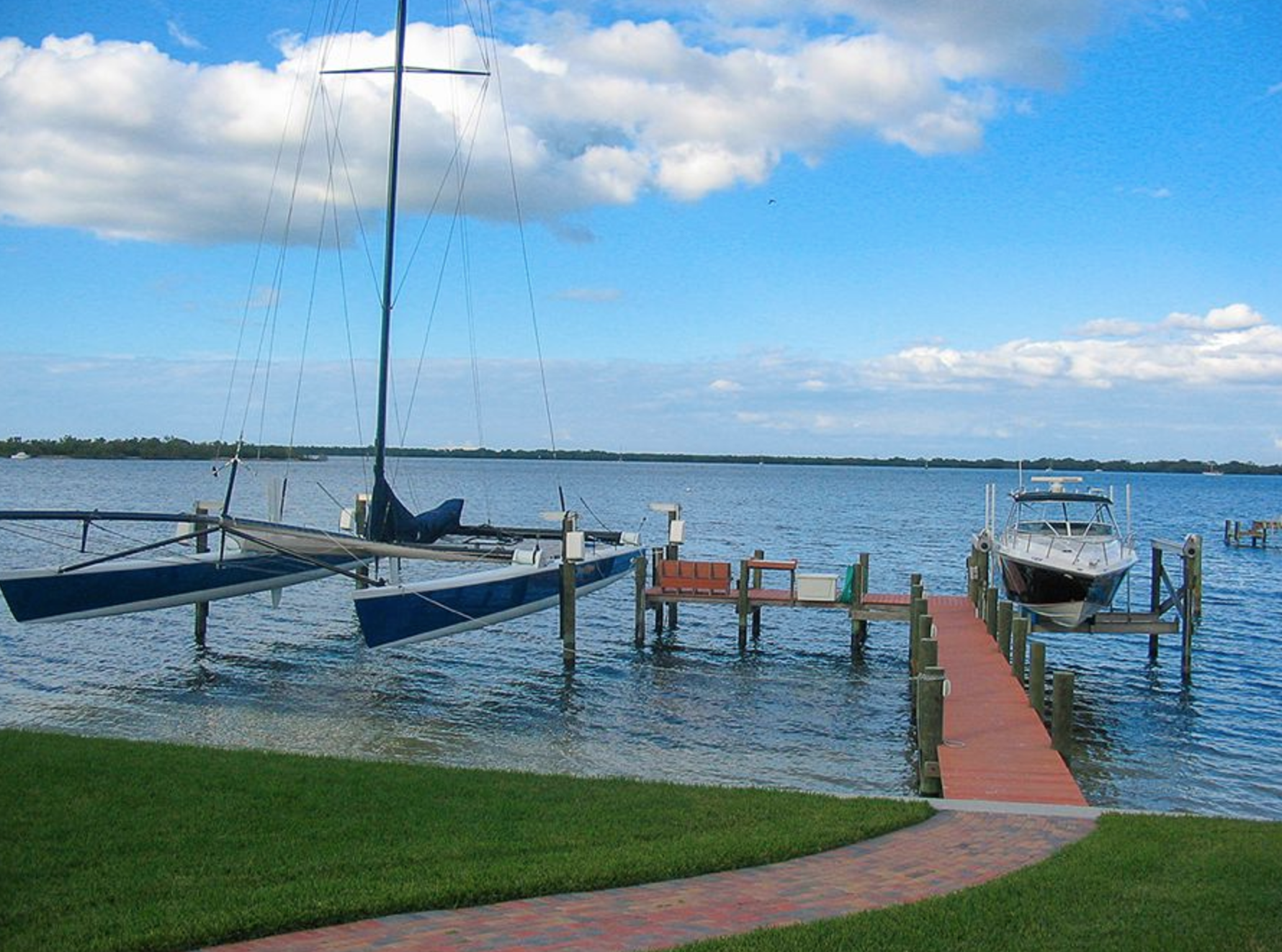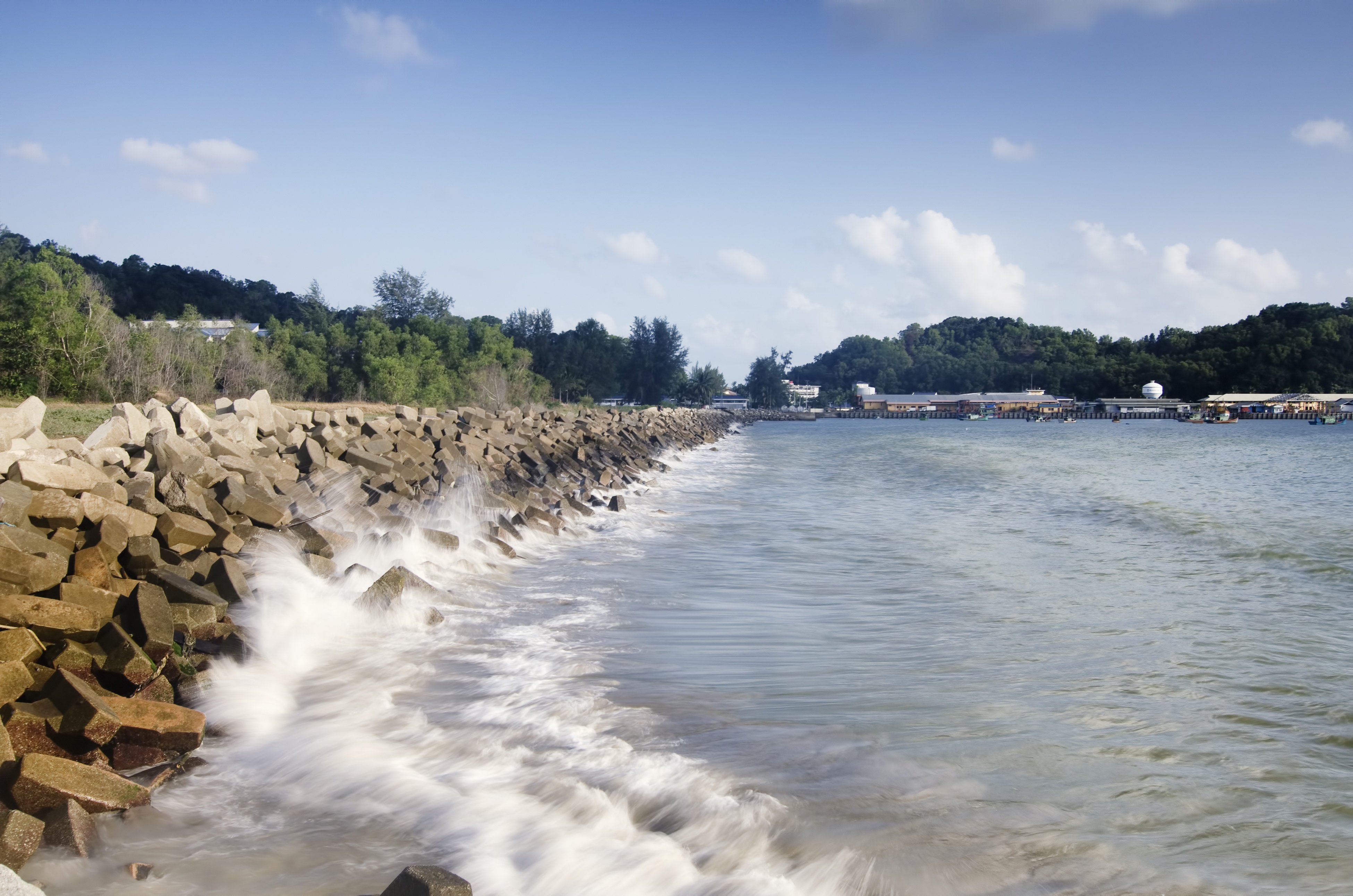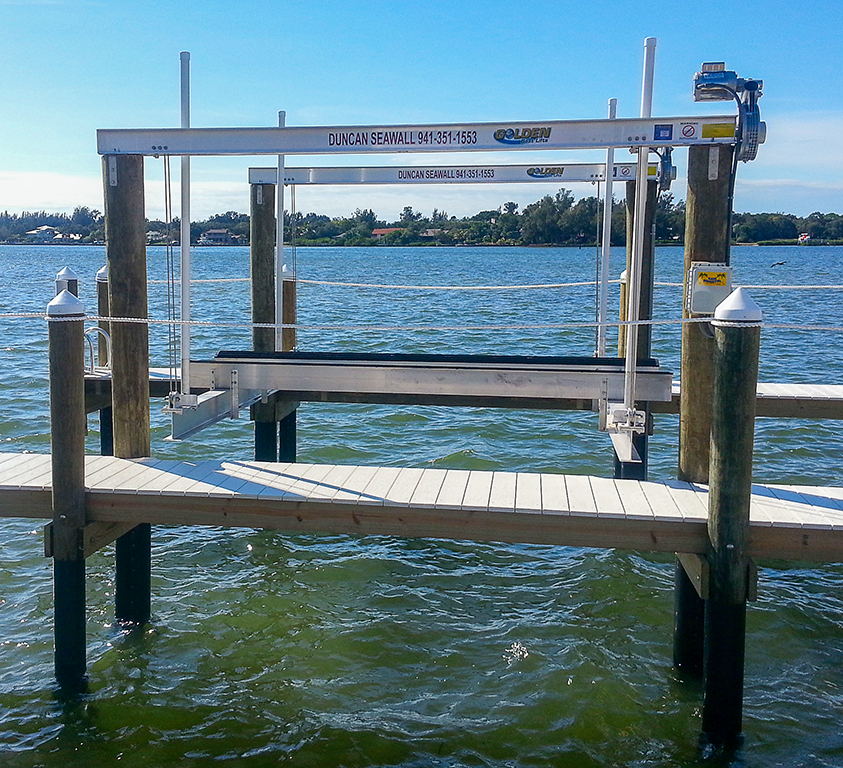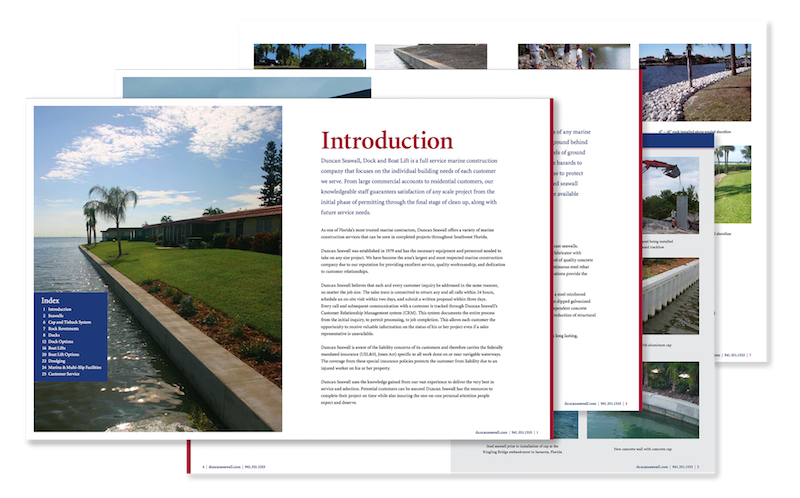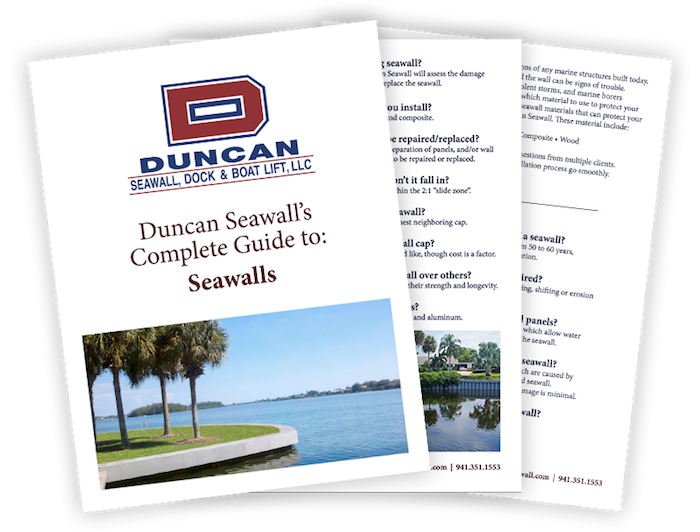Living on the waterfront in Southwest Florida carries many responsibilities; one of which is making sure the seawall remains strong and functional. If a seawall fails, it can decrease the value of the property and make selling the home a more complicated process. Repairing seawall failure can also be very costly to repair. In this blog post, we'll be taking a closer look at the repercussions of a seawall failure and what steps one can take to make sure that their seawall remains sound.
Related Blog: 5 Reasons Why Seawall Fails and How It Affects Your Property Value
The Consequences of a Failed Seawall
When a seawall fails, it can have disastrous consequences for waterfront property owners. Here are some of the most significant consequences you can expect:
- Erosion: A failed seawall can result in soil erosion along the shoreline, leading to the gradual loss of your waterfront property.
- Flood Damage: A compromised seawall leaves your property exposed to the waves, making it more vulnerable to flooding, storm surge, and water damage.
- Property Damage: A weakened or damaged seawall can also cause damage to your home or other structures on your property due to the waves crashing. If your seawall is severely damaged, it may not be safe to walk along the shoreline, or even to occupy your waterfront property
- Legal Liability: If your failed seawall causes damage to your neighbor's property or poses a safety hazard, you could be held liable for damages.
5 Ways a Failed Seawall Will Impact the Sale of Your Home
- Increased Risk of Flooding and Erosion: A failed seawall puts your waterfront property at a higher risk of flooding and erosion. This can lead to structural damage, loss of property, and safety concerns. Buyers will be hesitant to invest in a property that comes with such a high risk of damage and danger.
- Decreased Curb Appeal: A deteriorated seawall can be unsightly and unattractive to potential buyers. A property with a well-maintained seawall adds value and aesthetic appeal to the property. Conversely, a failing seawall will be seen as an eyesore and may deter buyers from considering the property.
- Costly Repairs: Repairing or replacing a seawall can be expensive, especially if it has not been well maintained. If a seawall failure occurs during the selling process, it may delay the sale while repairs are being made. This can cause frustration and added expense for the seller and turn buyers away from the property.
- Increased Insurance Rates: A failing seawall may increase the property's risk of damage and liability, causing insurance rates to go up. Higher insurance rates can lead to higher monthly mortgage payments, which may make the property unaffordable for some buyers.
- Decreased Property Value: The overall effect of a failed seawall on a waterfront property's value is a decrease. If a buyer is considering multiple properties, a failing seawall can tip the scales toward a competitor's property. In other words, a property with a well-maintained seawall is more likely to sell quickly and at a higher price.
Protect Your Investment
A properly maintained seawall will last much longer than one that is neglected. Routine inspections and repairs can prevent small issues from turning into major problems. If you notice any signs of seawall failure, such as cracks or erosion, take immediate action to prevent further damage.
Contact Duncan Seawall to make sure your seawall is in good shape. Our team of experts can provide routine inspections and repairs, as well as complete seawall installations. Protect your investment and ensure the longevity of your waterfront property.





